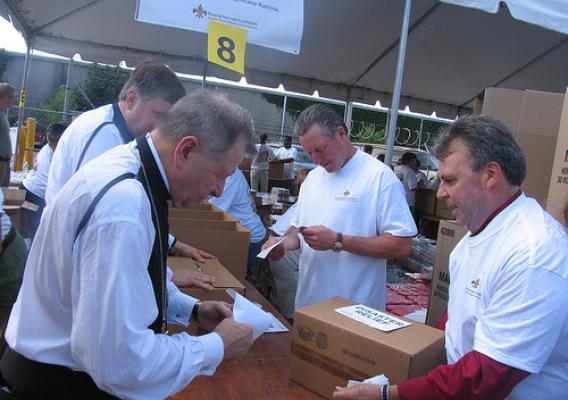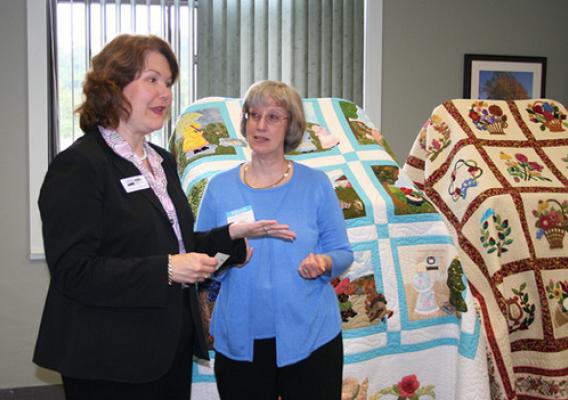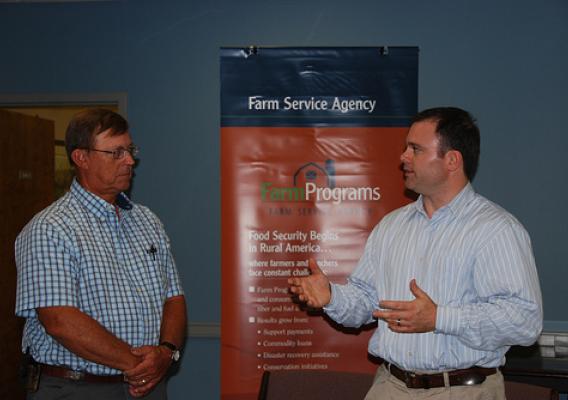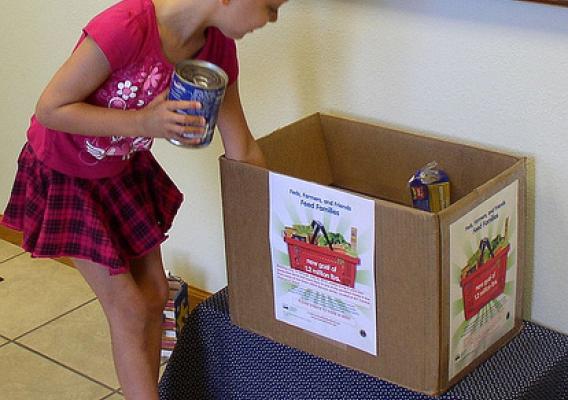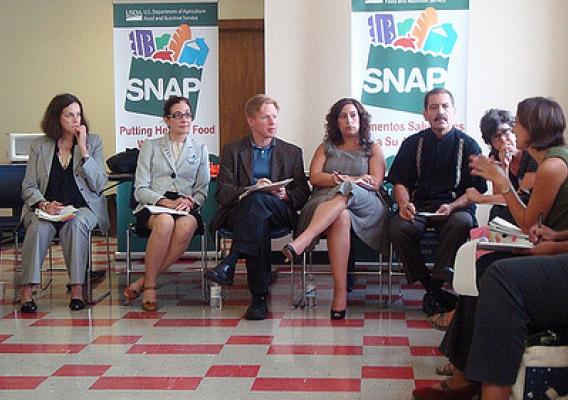El Administrador del Servicio de Inocuidad e Inspección de Alimentos (FSIS, por sus siglas en inglés) del Departamento de Agricultura de los Estados Unidos (USDA, por sus siglas en inglés), Al Almanza, conversa acerca de cómo el Departamento está llegando a los consumidores que hablan español, y demostrando cómo mantener los alimentos sanos para prevenir las enfermedades transmitidas a través de los alimentos.
Hoy, estoy orgulloso de anunciar el lanzamiento de dos herramientas adicionales del FSIS para la inocuidad alimentaria, dirigidas especialmente para satisfacer las necesidades de nuestra comunidad de habla hispana: Pregúntele a Karen y la cuenta oficial de Twitter en español. Con ambos servicios, el FSIS puede proveerles a los consumidores con la más reciente y actualizada información en español acerca de las retiradas de alimentos y consejos sobre el manejo adecuado de alimentos. Pregúntele a Karen (Ask Karen) es una representante virtual con información en inocuidad alimentaria que puede conducir “Charlas” en vivo en español, compartiendo información en la inocuidad de los alimentos.



